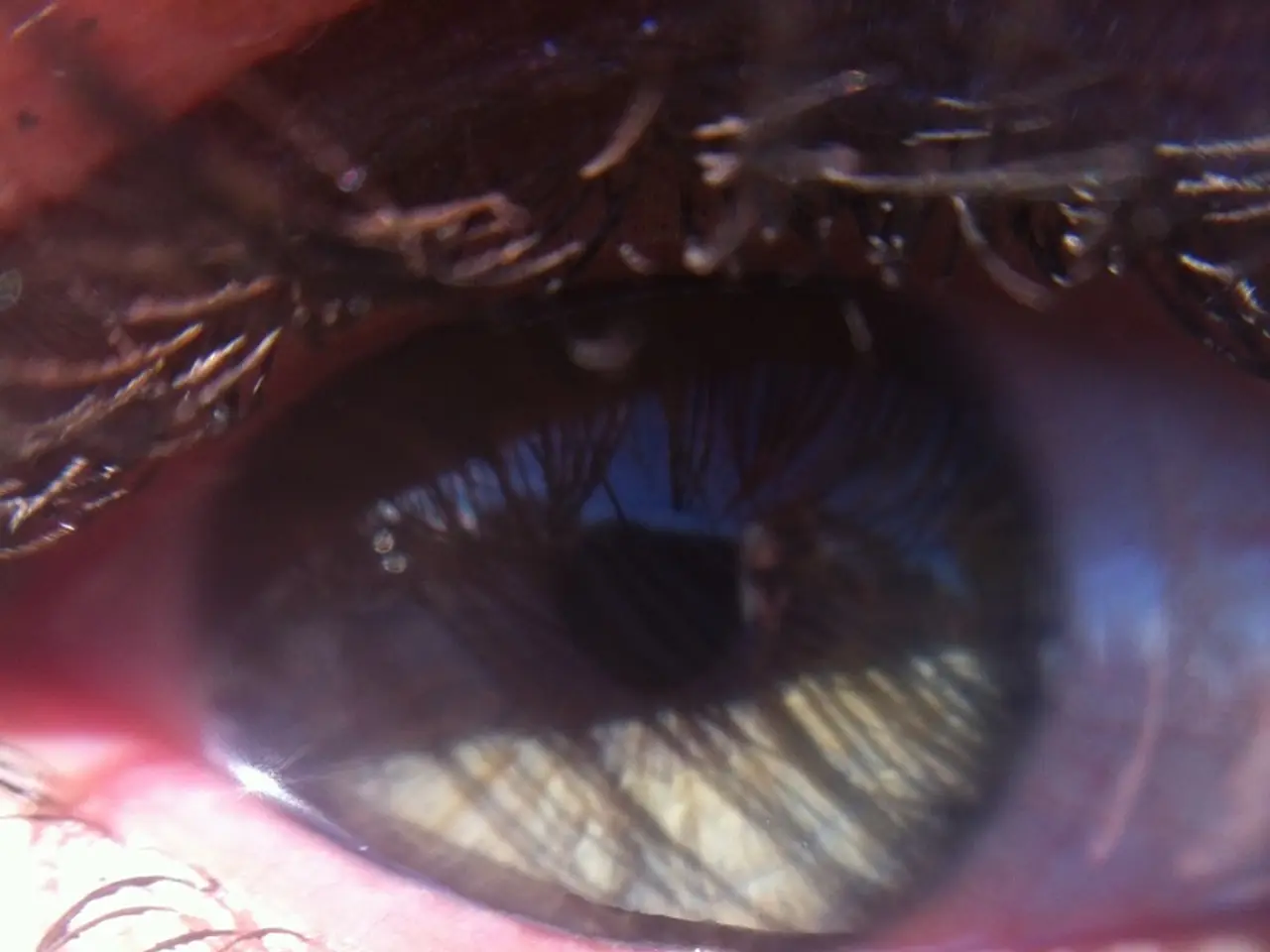Evaluating Quick Design Principles for Shaping Product Bodies and Features
A recent study delves into the powerful influence of a product's visual design, particularly its body shape, on consumers' perception of its environmental friendliness. The research, conducted using an eye-tracking device, offers insights into how these design cues can subtly communicate environmental friendliness to consumers, while simultaneously reducing their mental load during decision-making.
Enhancing Perception of Environmental Friendliness
The study found that visual design elements that incorporate natural or organic shapes can evoke emotional responses linked to environmental themes, making the concept of sustainability more tangible and emotionally engaging. Products with smooth, flowing, or biomorphic shapes, reminiscent of natural forms, may subconsciously suggest eco-friendliness by aligning with consumers' innate affinity for nature (Biophilia Hypothesis).
Moreover, concrete design cues like natural analogues in product form can elicit positive emotional responses associated with nature, which enhances perceptions of the product's environmental compatibility and restoration potential.
Impact on Mental Load
The SOR (Stimulus–Organism–Response) model explains that environmental stimuli, such as design shape, influence internal psychological states and subsequent behavior. Simplified, organic shapes may reduce cognitive effort by providing clearer, more intuitive visual signals about the product, thereby lowering mental load during decision-making.
Conversely, complex or non-intuitive shapes can increase cognitive processing demands, elevating mental load and possibly leading to decision fatigue or confusion. Thus, the shape's clarity and naturalness play a critical role in how mentally taxing product evaluation is perceived.
Cognitive and Emotional Mechanisms
Emotional engagement through affective responses to product shape facilitates absorption and attention, which can help consumers navigate environmental information more effectively. This emotional engagement can reduce perceived psychological distance to sustainability issues and encourage pro-environmental behavior.
Eye-tracking studies on packaging (while focusing more on labeling) show that visual fixation and attention patterns relate to how consumers process and prioritize environmental cues. Products that attract and sustain attention can improve information uptake and reduce effort in decision-making.
Key Findings
The study found that during both the association-building task and the testing task, subjects spent a greater percentage of their time looking at the cued areas (the body and the selected feature) of the products. This indicates that mental associations, or cues, work to distribute mental load more efficiently.
However, an individual feature of the product used as a cue was unsuccessful in communicating "environmental friendliness." The body shape of the product, on the other hand, was successfully used as a cue to communicate its "environmental friendliness."
It's worth noting that the study did not measure the actual environmental impact of the products; it only measured the perceived "environmental friendliness" based on visual cues. The study also concluded that a product's body shape can be used as a subliminal cue to communicate its perceived "environmental friendliness" to consumers.
In conclusion, product body shapes embodying naturalistic and simplified forms can both enhance the perception of environmental friendliness via emotional and psychological connections to nature and simultaneously reduce consumers’ mental load by streamlining cognitive processing during product evaluation. These effects are grounded in psychological theories such as the Biophilia Hypothesis, Attention Restoration Theory, Stress Reduction Theory, and the SOR framework for consumer behavior.
[1] Kellert, S. R., & Calabrese, L. H. (2015). Biophilic Design: The Theory, Science, and Practice of Bringing Buildings to Life. Wiley. [2] Bettman, J. R. (1979). The role of affect in memory for advertising. Journal of Consumer Research, 6(2), 169-176. [3] Kaplan, S. (1995). The restorative benefits of nature: Toward an integrative framework. Journal of Environmental Psychology, 15(3), 169-182. [4] Schifferstein, H. N. (2012). Eye-tracking in food choice research: A systematic review of the literature. Food Quality and Preference, 29, 131-142.
- The results of the study suggest that media analytics, such as eye-tracking studies, can help us understand how facial coding (the interpretation of facial expressions) may be incorporated into product design to convey environmental friendliness, which could contribute to health-and-wellness and environmental-science discussions.
- The study demonstrates that in the realm of science and technology, media analytics can offer valuable insights into the psychological mechanisms that drive consumer behavior, particularly how design cues like product shapes subtly communicate environmental friendliness, potentially leading to positive impacts on climate-change awareness and pro-environmental behavior.
- By showcasing the influence of product design on consumers' perceptions of environmental friendliness, this research underscores the importance of integrating media analytics into the health-and-wellness sector, as well as environmental-science and climate-change discussions, as a means of promoting sustainable practices and shaping consumer choices.




